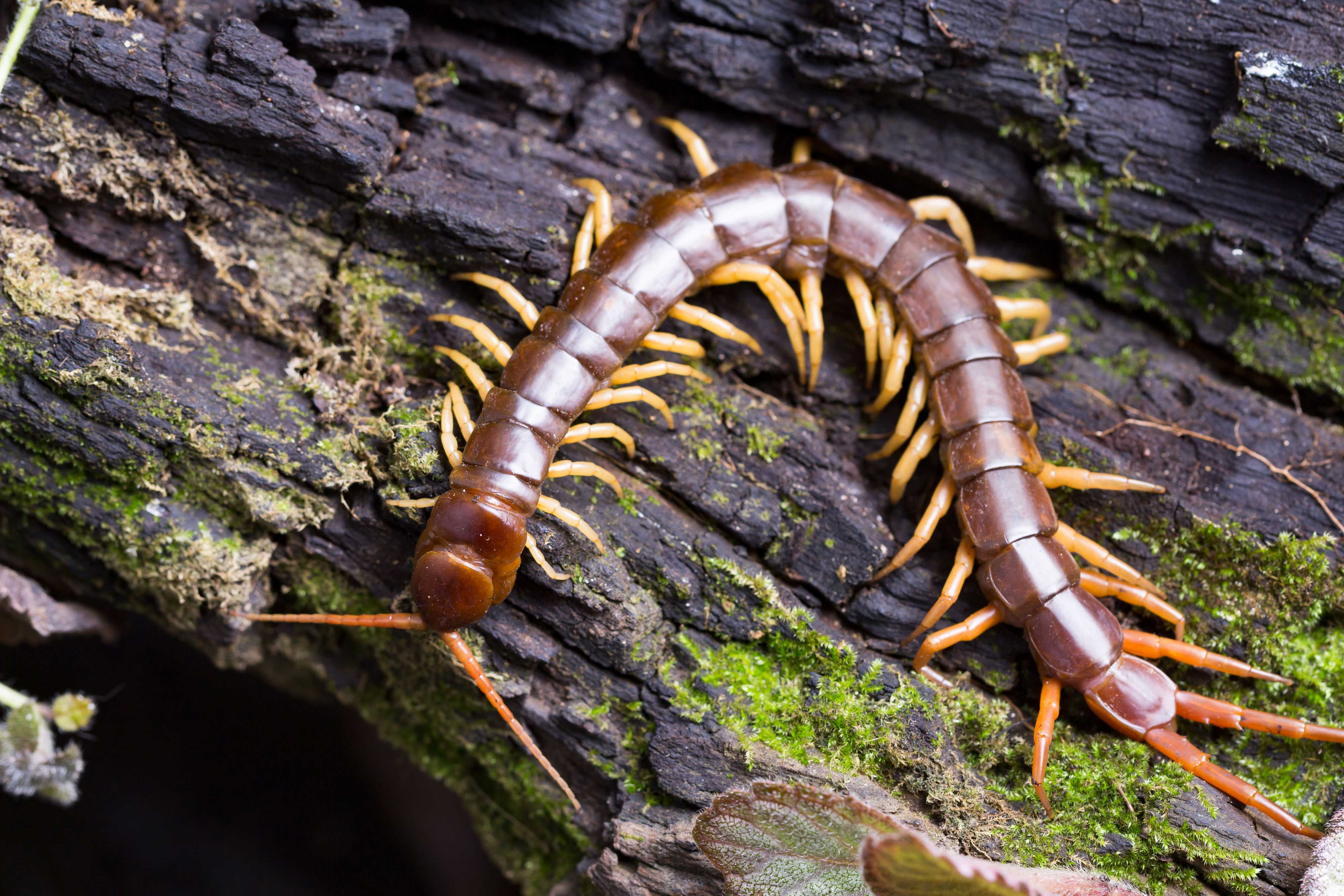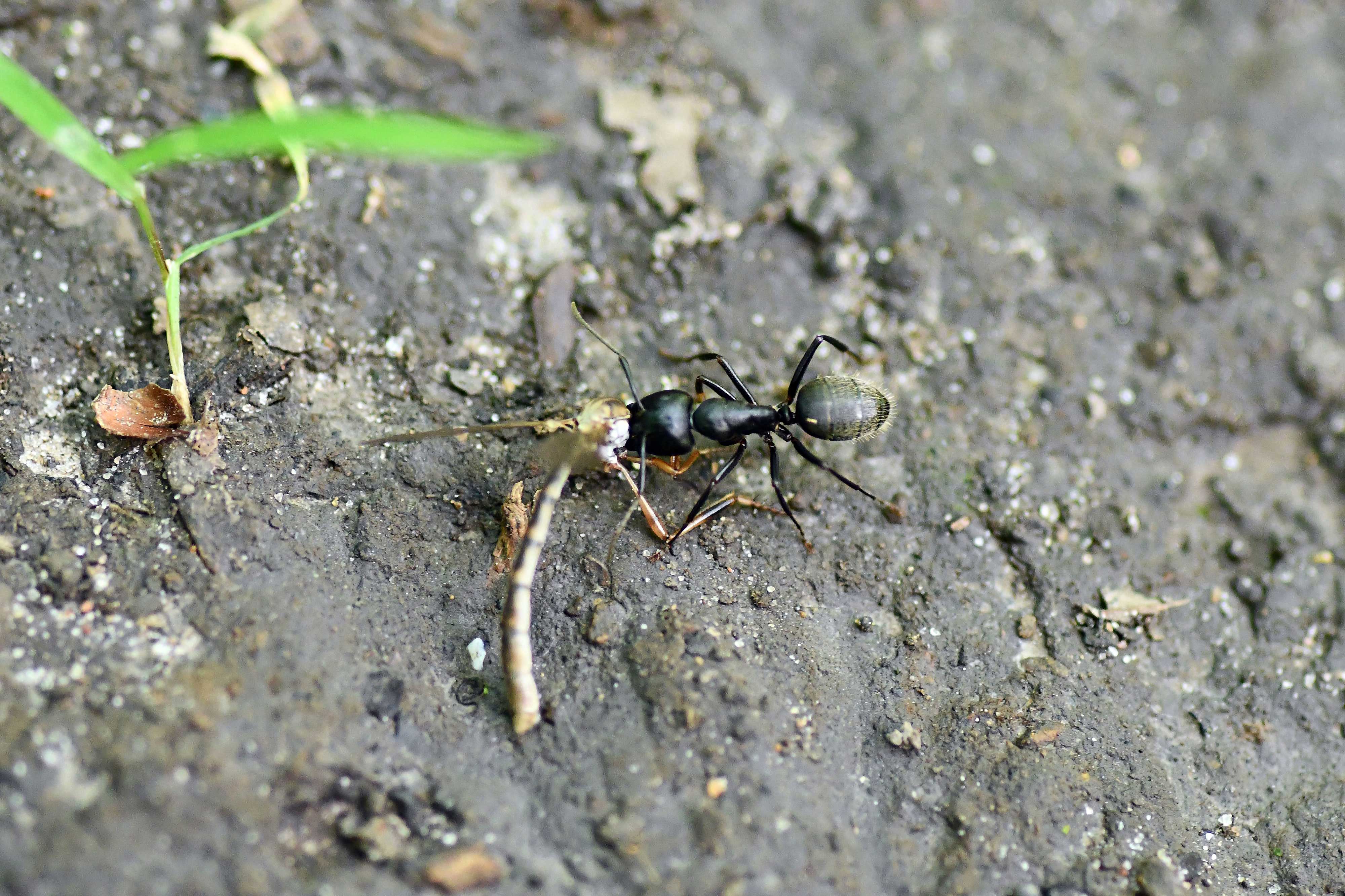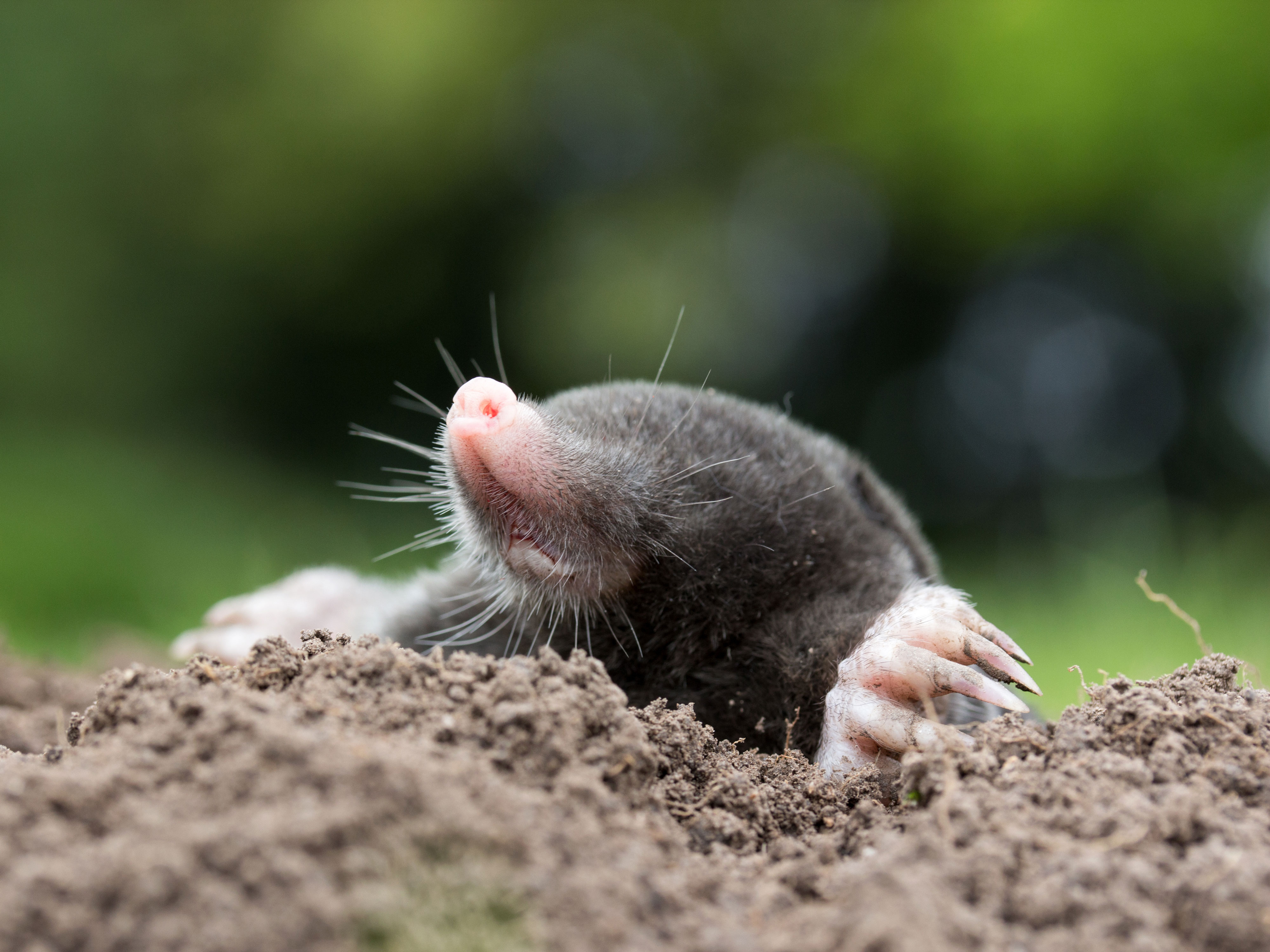| Story by Meghan McMahon |
9/13/2021
When we think about what’s below our feet, dirt is probably among the first things to come to mind. No matter where you stand, dirt is somewhere below, whether it’s under your bare feet as you walk through the grass or hundreds or even thousands of feet below you as you gaze out of a skyscraper.
The dirt below our feet would more accurately be called soil, and it is itself a living organism of sorts, because soil is full of organisms that are too small to see with the human eye. How busy is the world below our feet? It easily rivals any habitat you see aboveground. Consider this: More organisms live in the soil than live aboveground, according to the Soil Science Society of America. Even just a handful of soil contains millions of living things.
All those creatures living below our feet make our environment healthier in a few different ways. First, all that digging and burrowing helps aerate the soil, improving the quality. Some well-known subterranean residents, particularly earthworms, are considered an indicator of a healthy ecosystem because of their many important environmental roles, according to the University of Illinois Extension. Some underground species are also important because their diet, whether consuming plant matter, fungi or dead animal matter, helps make our environment cleaner and healthier.
Just like aboveground, the living things below are feet include both microorganisms — living things too small to see without a microscope — and macroorganisms — a living thing easily seen unaided by the human eye. From tiny bacteria to mammals like woodchucks and moles, the world below ground is as varied as it is above the surface.
In some places on Earth, the species that live below ground include humans. In Beijing, for example, more than 100,000 people are subterranean residents of the city, the BBC reports. And in the small town of Coober Pedy, Australia, about 80% of residents live in underground homes carved into Earth’s rocky surface. In Mexico City, there’s a proposal to build an Earthscraper — an inverted skyscraper — to house 5,000 people.
While humans don’t live underground all over the world, there is some consistency as to what you may find if you dig beneath the surface. There are worms, of course, along with insects and other crawling creatures. Some mammals live underground either full or part time, as do some reptiles and amphibians. And there’s plenty of living things underground that are just too small to see without a microscope. Let’s take a closer look at some of the living things that live just below our feet.

)
)
)
)
)
)